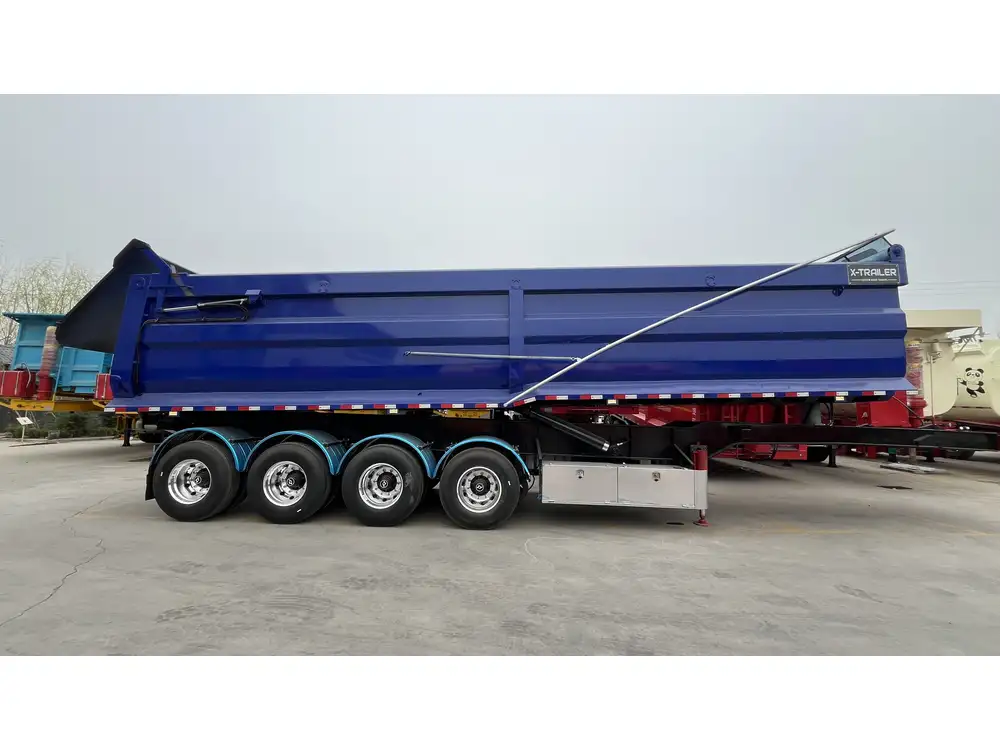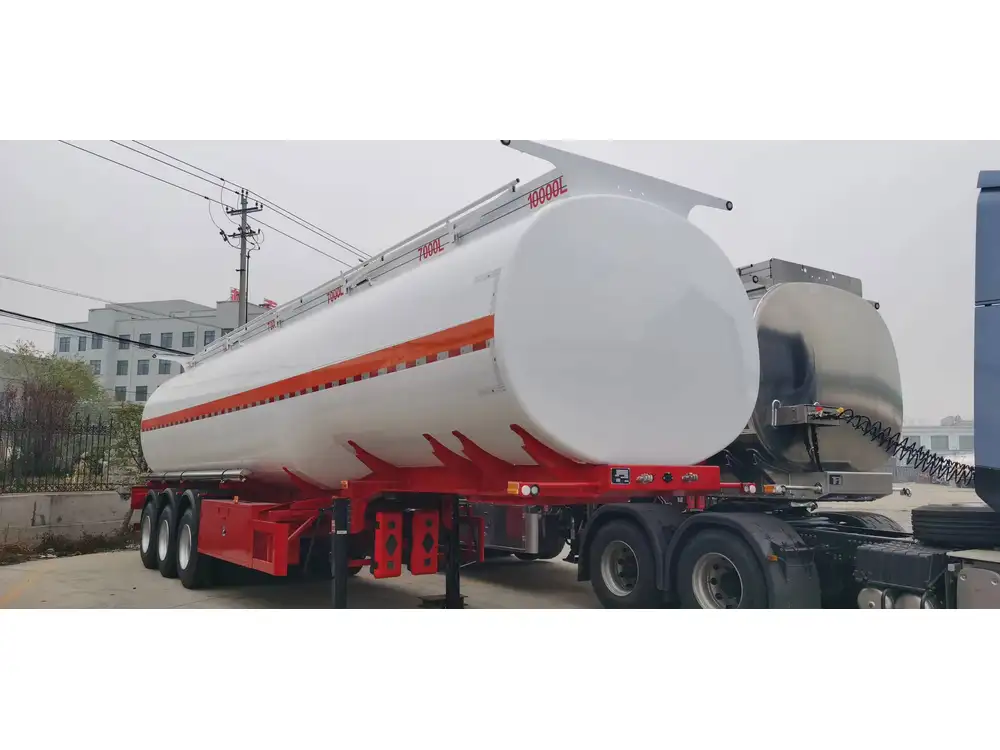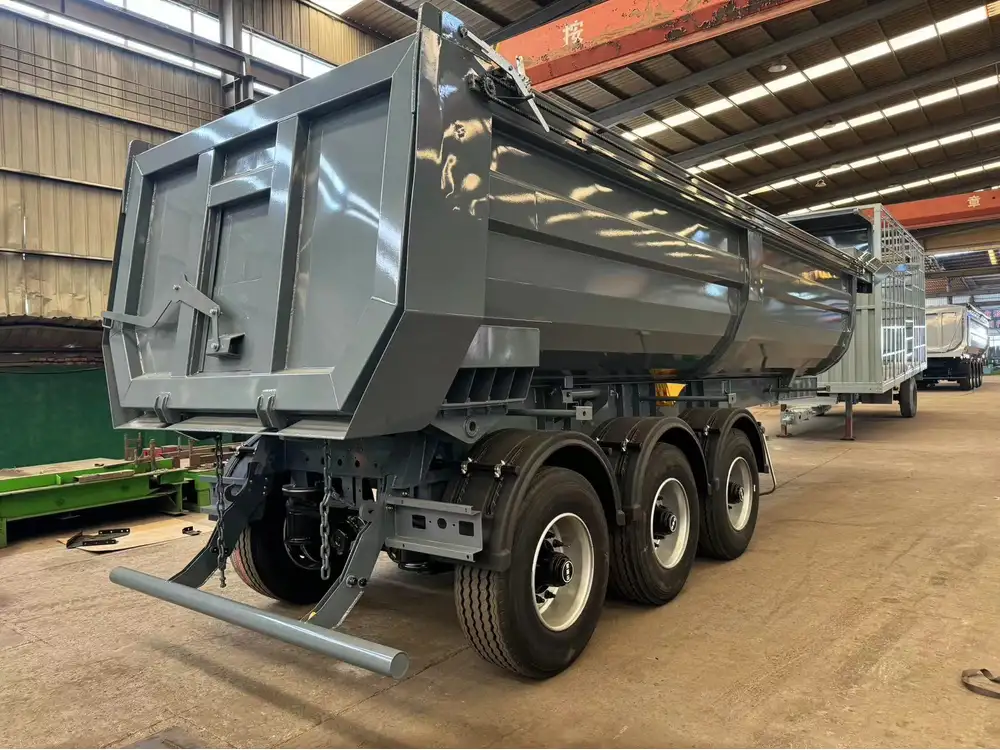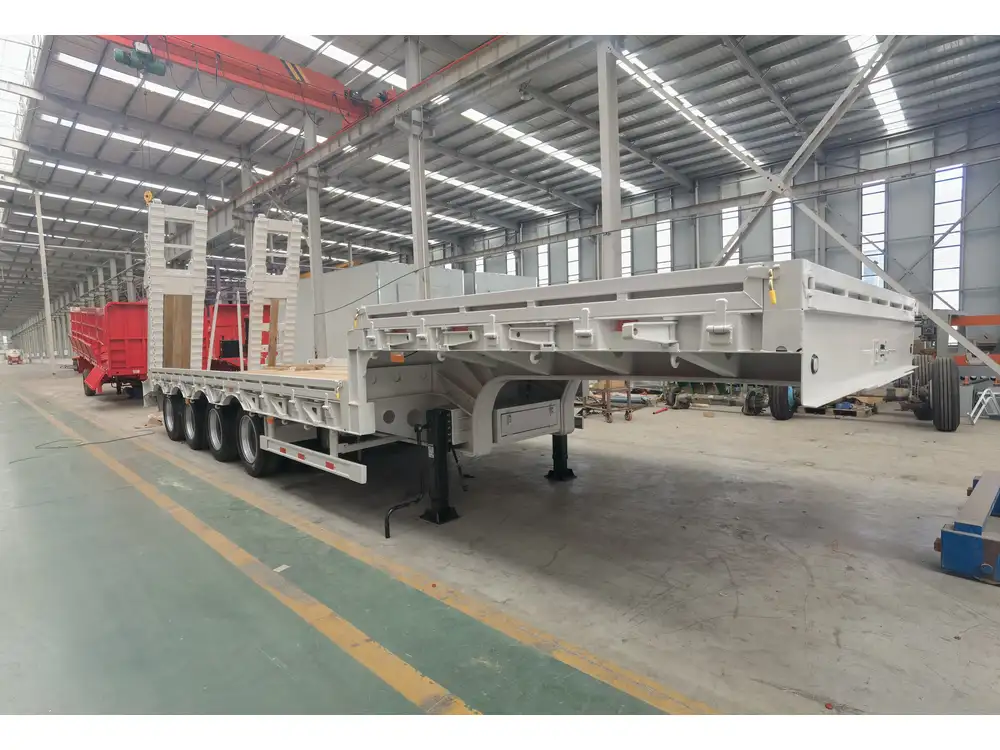The world of trucking and transportation features numerous complexities, with one of the most fundamental elements being the semi-trailer itself. To comprehend how many wheels a semi-trailer has, one must first appreciate the different configurations, types, and the practicality of wheel arrangements that contribute to load capacity, maneuverability, and safety.
The Standard Configuration of Semi-Trailers
Semi-trailers are typically designed to be towed by a tractor unit (often referred to as a semi-truck), and they come in various types, including flatbeds, refrigerated trailers, and dry vans, among others. Each type has its specific design parameters, which influence the number of wheels used.
Common Semi-Trailer Wheel Configurations
| Type of Semi-Trailer | Wheel Configuration | Purpose |
|---|---|---|
| Standard Van Trailer | 4 to 6 wheels | General cargo transportation |
| Flatbed Trailer | 4, 6, or 8 wheels | Construction materials and oversized loads |
| Reefer Trailer | 4 to 6 wheels | Temperature-sensitive goods |
| Car Hauler | 4, 6, or 8 wheels | Transporting automobiles |
| Tank Trailer | 4 to 8 wheels | Liquid transportation |

Dissecting the Purpose Behind Wheel Numbers
Load Capacity and Distribution
A conventional semi-trailer, such as a standard van trailer, typically has four wheels (two axles), while heavier loads, like those transported by flatbeds or tank trailers, often utilize more wheels, sometimes up to eight. The number of wheels affects not only load capacity but also load distribution—it spreads weight more evenly across the roadway, which is crucial for maintaining stability and control.
Regulatory Compliance
In different jurisdictions, there are specific regulations regarding the number of wheels based on the type of cargo being carried. For instance, overloading a trailer with too few wheels poses risks, which is why regulations dictate compliance to specific weight and wheel configurations.

Traction and Stability
The synergy between the number of wheels and the kind of semi-trailer directly impacts traction and maneuverability. For example, a flatbed transporting construction materials requires a high degree of stability, which is achieved through additional wheels. This increased contact with the ground minimizes the chance of tipping under heavy loads or during tight turns.
Exploring the Variations: What Influences Wheel Count?
Design Innovations in the Transportation Industry
Rapid advancements in trailer design have led to innovations that sometimes result in unconventional wheel arrangements. For example, specialized trailers for heavy hauls may feature up to 18 wheels or more, incorporating dual wheeling configurations on axles to accommodate extreme loads, often seen in oversized or unusually heavy freight.

Types of Axles and Their Impact
The wheel count is often correlated with axle types. The two primary axle configurations are single axles (usually having two wheels each) and tandem axles (having four wheels each). There are also triple axles for heavy-duty applications, significantly influencing both the number of wheels and load capacity:
- Single Axle: 2 wheels per axle, typically for lighter loads (i.e., smaller trucks, utility trailers).
- Tandem Axle: 4 wheels per axle, suited for standard commercial loads.
- Triple Axle: 6 wheels per axle, utilized for heavy hauls exceeding typical load limits.
Specialized Trailers and Their Unique Configurations
Some trailers are constructed for niche markets, leading to unique wheel configurations. For instance:
- Extendable Flatbeds: Often used for transporting oversized items, these trailers can adjust their length and wheel count according to load requirements.
- Lowboy Trailers: Generally used for transporting heavy equipment, often featuring multiple axles (and thus wheels) that permit greater weight distribution.
Practical Considerations: How to Select the Right Wheel Configuration
When selecting the appropriate semi-trailer for specific needs, several factors play crucial roles in determining the right wheel configuration.

Assessing Load Weight and Size
When calculating the appropriate wheel configuration, understanding the weight and size of the load is vital. A heavier or larger load will almost invariably necessitate a higher number of wheels to ensure road safety and compliance with transportation regulations.
Evaluating Transportation Routes
Assessment of the routes can also impact wheel configuration choice. If traveling on uneven or rural roads, more wheels may improve stability and traction. Conversely, urban environments with tight turns might require a configuration that balances maneuverability with loading capacity.
Maintenance and Cost Factors
Different wheel configurations have distinct operational and maintenance costs. A standard four-wheel semi-trailer may be easier and cheaper to maintain than those with higher wheel counts. Consequently, operators must balance operational efficiency with maintenance expenses when choosing their semi-trailer configuration.

User Insights: Common Questions and Their Answers
How Many Wheels Does a Standard Semi-Trailer Have?
A standard semi-trailer typically has four wheels; however, it can have more depending on its configuration and the weight of the load it is designed to carry.
Can a Semi-Trailer Have More Than Eight Wheels?
Yes, specialized trailers, particularly those designed for heavy and oversized loads, can have multiple axles, leading to configurations exceeding eight wheels.

What Is the Benefit of More Wheels on a Semi-Trailer?
More wheels improve distribution of weight, enhance stability, and can increase the overall load capacity that the trailer can accommodate while adhering to safety and regulatory requirements.
Are There Regulations on Semi-Trailer Wheel Counts?
Different regions have their regulations determining the maximum and minimum wheel configurations for trailers, which are primarily dictated by the load capacity and safety standards applicable to that region.
Conclusion: The Importance of Understanding Semi-Trailer Wheel Configurations
Understanding the number and configuration of wheels on a semi-trailer is essential for manufacturers, operators, and logistics managers. It ensures compliance with regulations, maximizes safety, and guarantees effective cargo handling. Analyzing the categories of semi-trailers and their respective wheel configurations unveils key insights into maximizing efficiency and performance.
With the depth of information provided, potential customers can make informed decisions tailored to their specific transportation needs, ensuring that they select the right semi-trailer equipped to handle both current demands and future logistical challenges.
As the transportation and logistics landscape continues to evolve, so too will the designs and configurations of semi-trailers. By staying informed about these developments, stakeholders can adapt and optimize their operations, ensuring they remain competitive in a rapidly changing marketplace.



